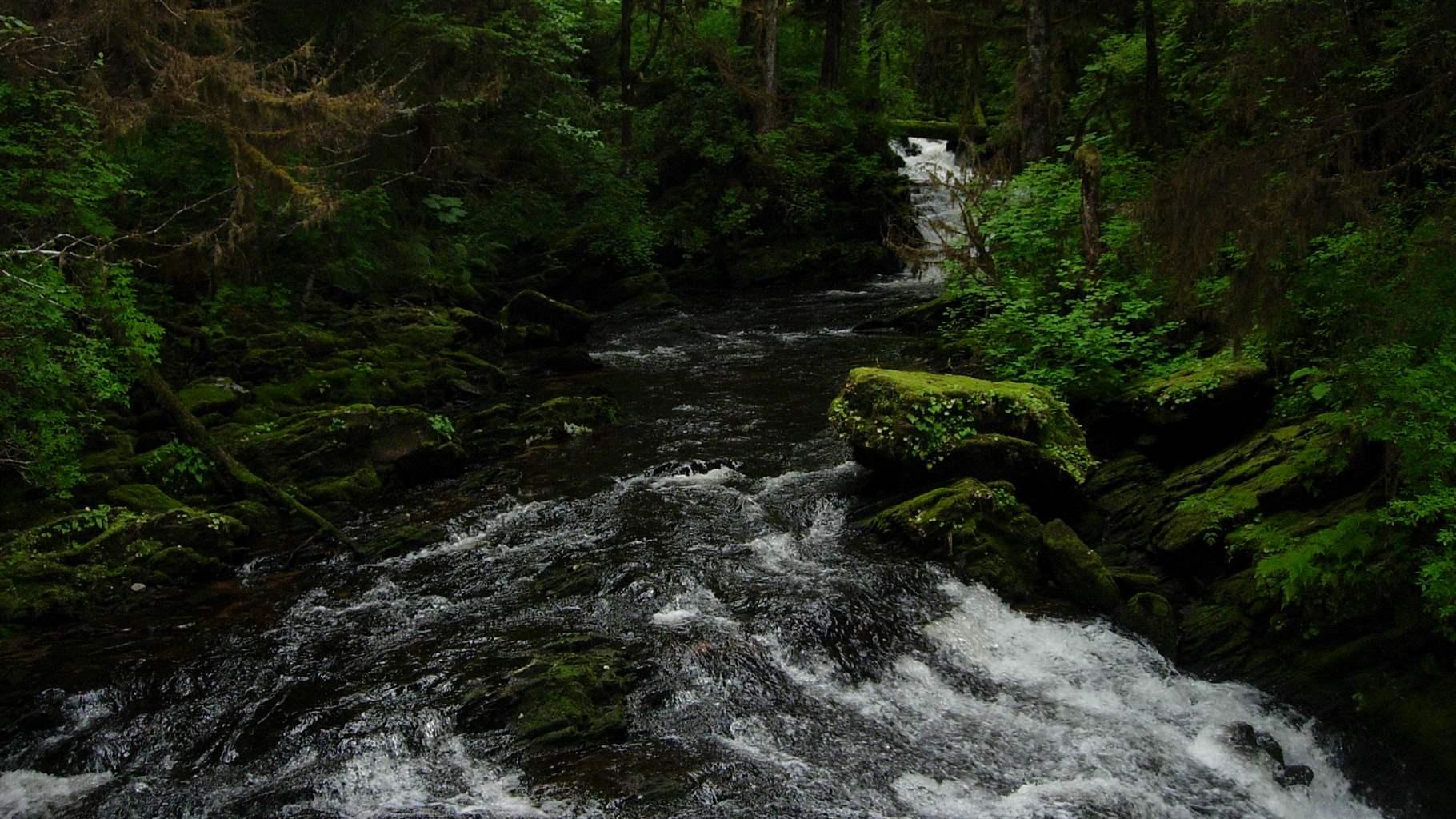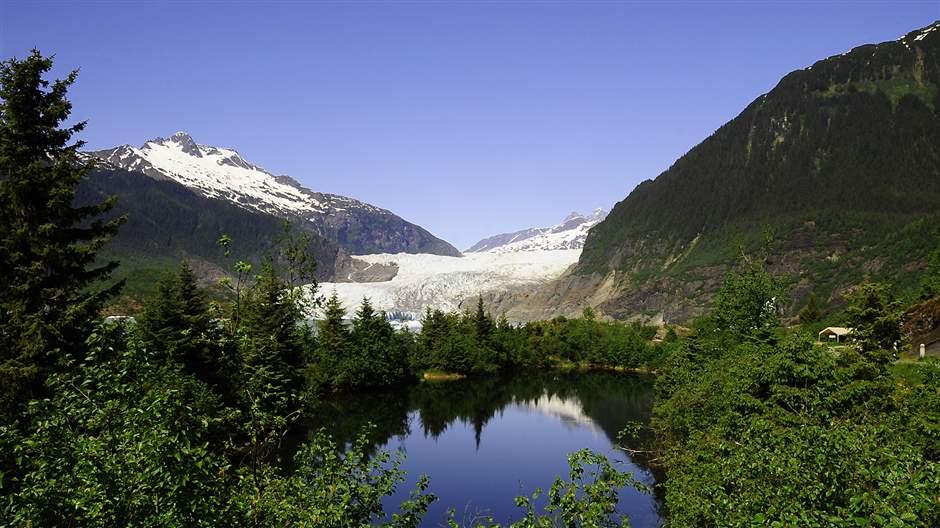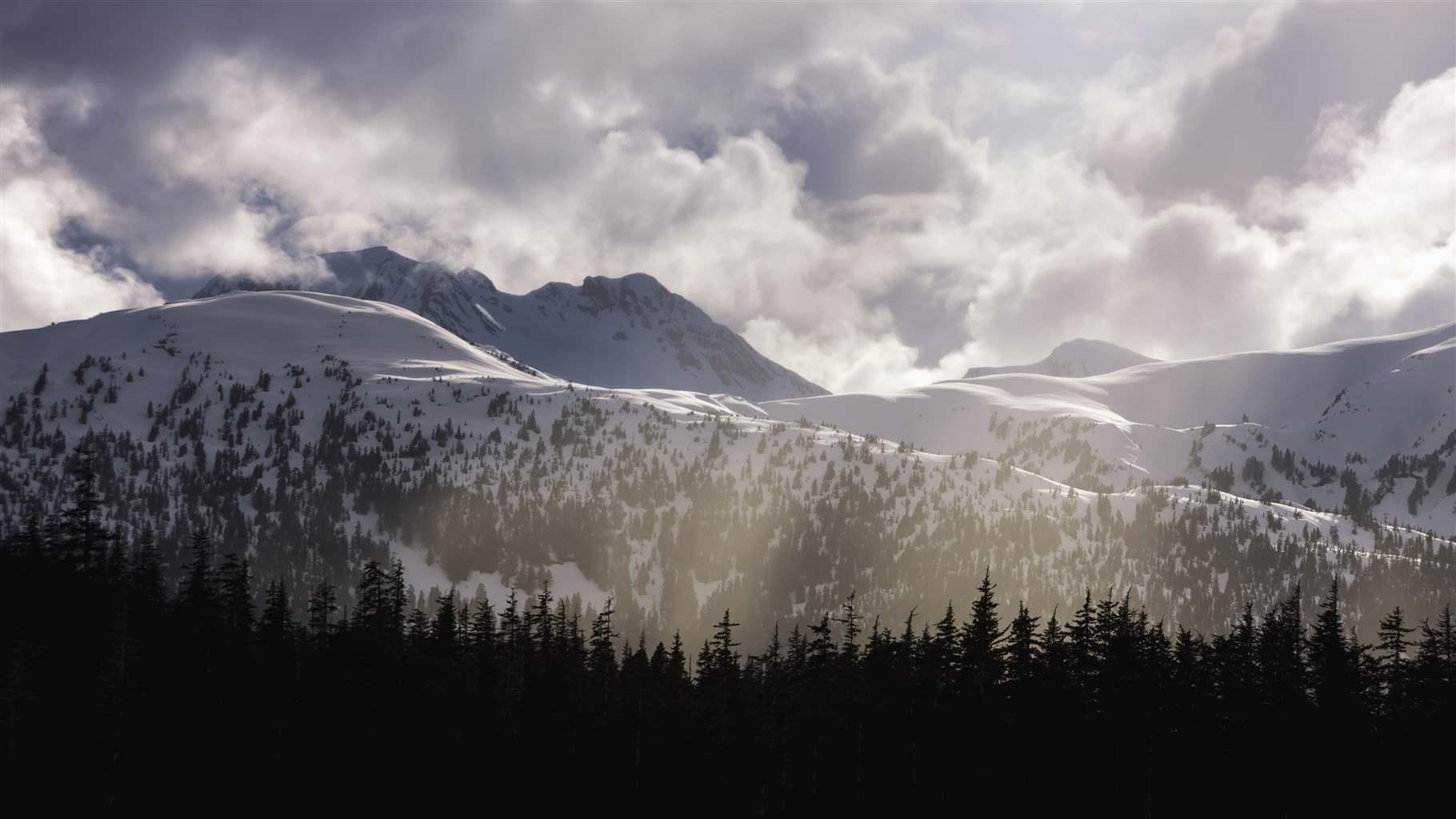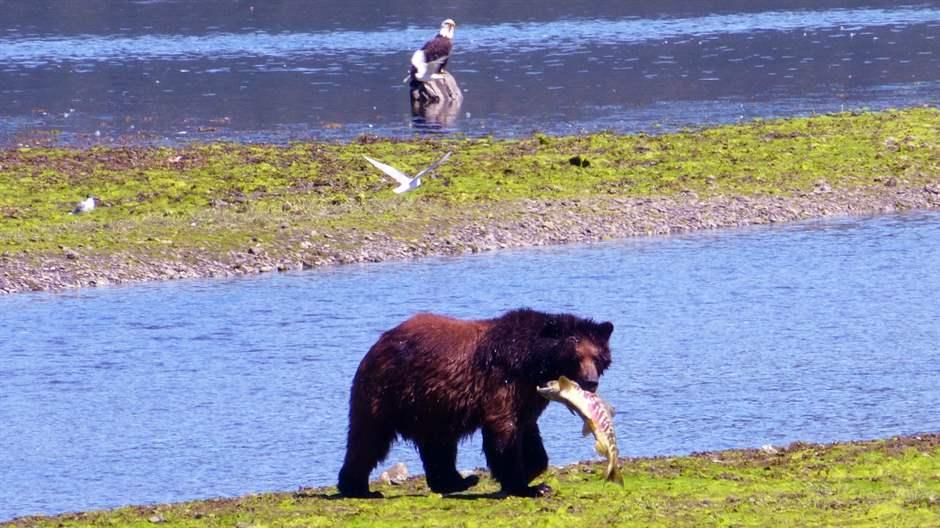Alaska's Old-Growth Forests Threatened by Federal Proposal
Rule exemption could open roadless areas in Tongass National Forest to logging

This article was updated on Oct. 25, 2018, to reflect that after the U.S. Forest Service adopted the Roadless Area Conservation Rule, Colorado and Idaho implemented policies effectively exempting national forests in those states from the rule but creating alternative protective mechanisms for most of those lands.
The 17-million-acre Tongass National Forest, located along the coast of southeastern Alaska, is the world’s largest intact temperate rainforest and home to some of the last remaining old-growth stands of cedar, spruce, and hemlock on Earth. Designated by President Theodore Roosevelt in the early years of the 20th century, the Tongass is often referred to as the crown jewel of the National Forest System because of its ancient towering trees, pristine rivers and streams, fjords, and more than 2,000 islands.
In other words, it is a place worthy of long-term, high-level preservation. That’s a big reason the U.S. Forest Service included 9.5 million acres of the Tongass in the 2001 Roadless Area Conservation Rule, which originally protected nearly 60 million acres of America’s most ecologically significant forestland from logging, road building, and other industrial operations. With more than half of the country’s national forests open to such activity, proponents of the roadless rule saw it is as vital to safeguarding the remaining land for future generations to enjoy.
Now, however, those protections in the Tongass are under threat. In July, the Forest Service initiated a rule-making that could reopen some of the world’s last remaining old-growth forests to clear-cutting and other large-scale logging. This proposal came in response to a petition from the Alaskan government, with the backing of its congressional delegation and logging companies, to exempt areas in the Tongass and the Chugach National Forest east of Anchorage from the roadless rule.
The inclusion of the Tongass and its old-growth stands in that landmark policy were critical due to the timber industry’s history of intensive logging of ancient forests in southeastern Alaska—including many giant trees that were centuries old. In addition to preserving biodiversity and spectacular places, the rule was adopted to protect taxpayers from increasing the $4.5 billion backlog in federal road maintenance that existed at the time, due in large part to decades of publicly subsidized road building to support logging in the Tongass and other national forests.
Despite these ecological and taxpayer benefits, some groups—including some of the interests behind the recent petition—have long opposed the policy and have made multiple unsuccessful attempts to undo it through legal action or federal regulation.
A dozen years ago, I spent a week on Chichagof Island, in one of the Tongass’ protected roadless areas, with my daughter, Maya, who was 10 at the time. We traveled by floatplane and camped with a National Geographic photographer and biologists who were studying brown bears on the island, which has the world’s highest concentration of the species. We watched scores of bears by the river’s edge feasting on pink salmon, along with orcas swimming in coastal waters and bald eagles soaring across blue skies, and we walked among trees that were 20 stories high. For Maya and me, it was an unforgettable week.
As President Roosevelt recognized more than a century ago, the Tongass deserves special protection as a place for all Americans—and their sons and daughters—to visit, savor, and remember, not for any one industry or state to exploit for short-term gain. Since its inception, the Roadless Area Conservation Rule has helped ensure that protection in the Tongass and effectively preserved a good portion of the country’s remaining wild national forests. The Forest Service should see the long-term value in these critical protections and leave current safeguards in place.
Ken Rait directs The Pew Charitable Trusts’ western lands initiative.









